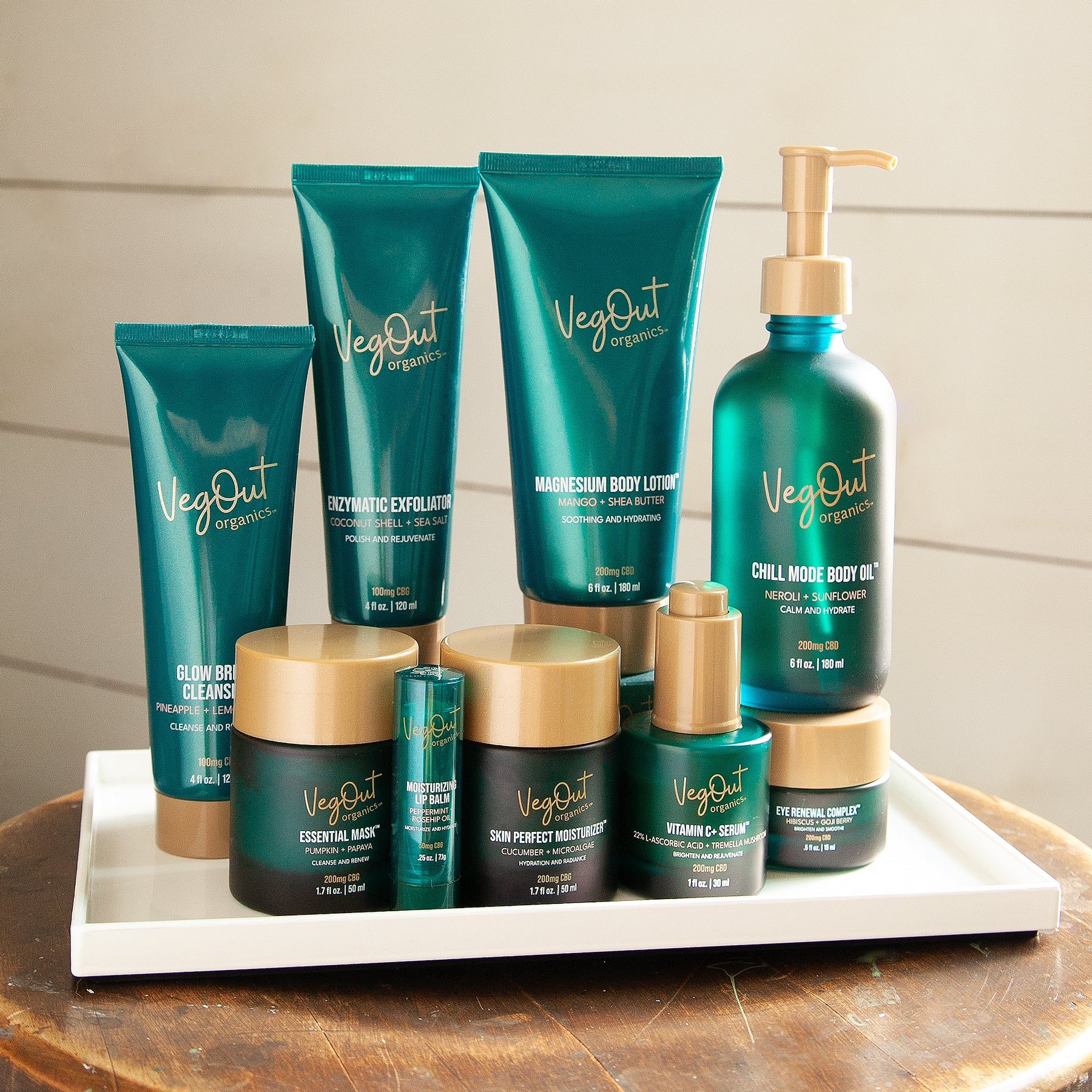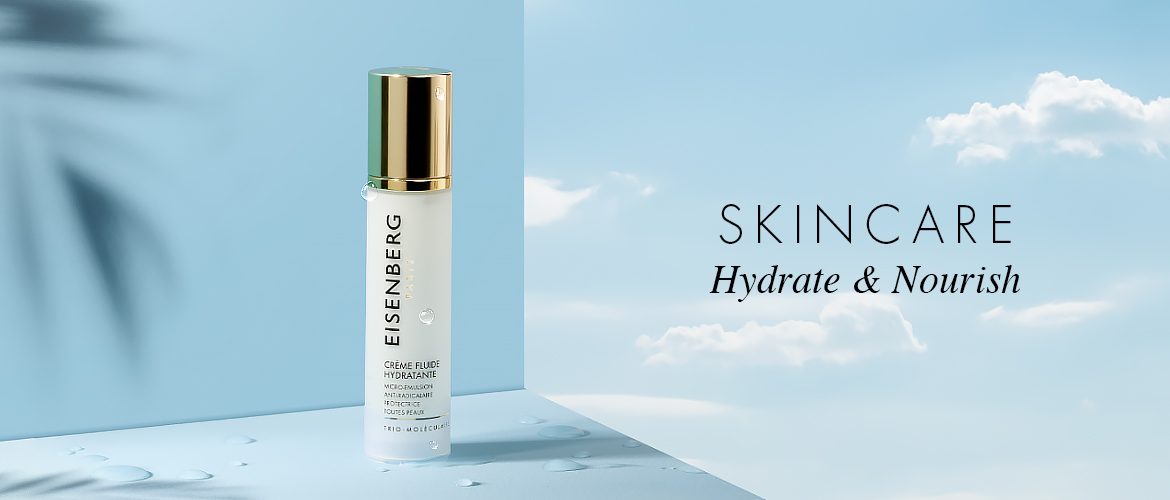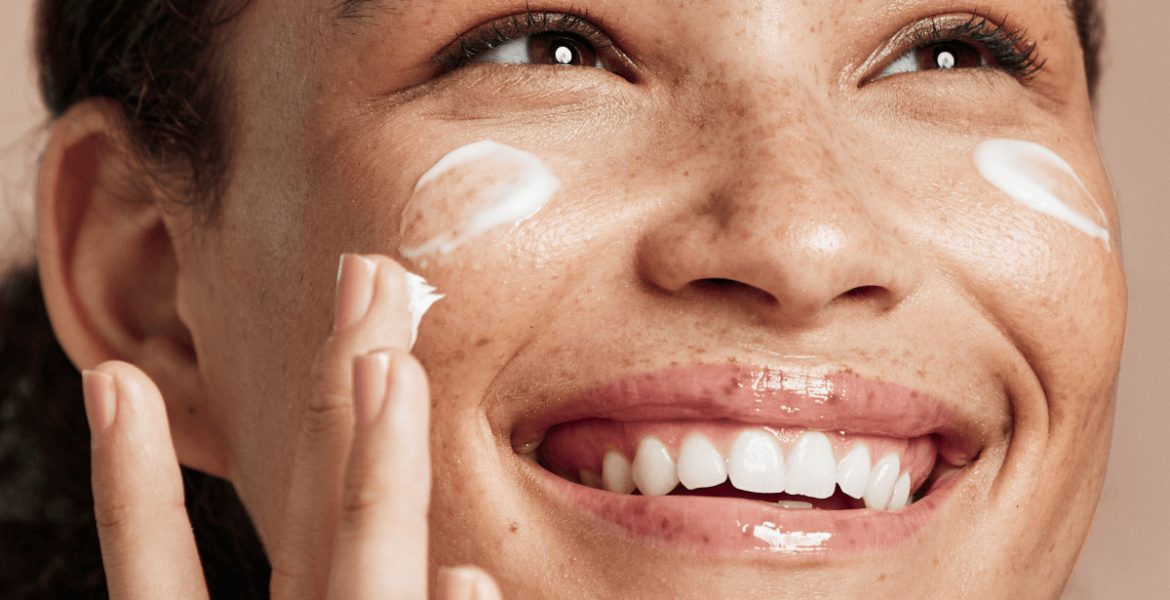Facial skincare is not just about maintaining beauty; it’s about nurturing the health and vitality of our skin. In today’s fast-paced world, where environmental stressors and lifestyle factors can take a toll on our complexion, a consistent skincare routine is essential for achieving radiant, healthy-looking skin. In this article, we’ll explore the step-by-step process of facial skincare, unveiling the secrets to a luminous complexion that glows from within.

Step 1: Cleanse and Purify The first step in any skincare routine is cleansing. Choose a gentle cleanser suited to your skin type—whether it’s dry, oily, combination, or sensitive—and massage it onto damp skin using circular motions. Cleansing removes dirt, oil, and impurities that can clog pores and dull the complexion, leaving your skin clean, refreshed, and ready to absorb the benefits of subsequent skincare products.

Step 2: Exfoliate for Renewal Exfoliation is the key to revealing smooth, radiant skin by sloughing away dead skin cells and promoting cell turnover. Incorporate an exfoliating scrub or chemical exfoliant into your routine 2-3 times a week, depending on your skin’s tolerance. Look for ingredients like alpha hydroxy acids (AHAs) or beta hydroxy acids (BHAs) that gently dissolve dead skin cells and unclog pores, leaving your skin soft, smooth, and revitalized.

Step 3: Hydrate and Nourish After cleansing and exfoliating, it’s time to hydrate and nourish your skin with a lightweight serum or essence. Serums are concentrated formulations that deliver potent ingredients deep into the skin, targeting specific concerns such as hydration, brightening, or anti-aging. Choose a serum containing ingredients like hyaluronic acid, vitamin C, or niacinamide to replenish moisture, boost radiance, and improve overall skin health.

Step 4: Moisturize and Protect Moisturizing is essential for maintaining skin hydration and protecting the skin’s natural moisture barrier. Select a moisturizer suited to your skin type—whether it’s a lightweight gel for oily skin or a rich cream for dry skin—and apply it evenly to your face and neck. Look for moisturizers containing ingredients like ceramides, antioxidants, and SPF to hydrate, nourish, and shield your skin from environmental damage and premature aging.

Step 5: Shield with Sunscreen Sunscreen is the ultimate defense against harmful UV rays, which can cause sunburn, premature aging, and skin cancer. Apply a broad-spectrum sunscreen with an SPF of 30 or higher as the final step in your morning skincare routine, even on cloudy days or when indoors. Reapply sunscreen every 2 hours, especially if you’re spending extended periods outdoors, and wear protective clothing and accessories to further shield your skin from sun damage.

A consistent and personalized skincare routine is the cornerstone of a healthy, glowing complexion. By following the steps outlined in this article—cleansing, exfoliating, hydrating, moisturizing, and protecting—you can nourish your skin from the inside out, unveiling its natural beauty and radiance. Remember to listen to your skin’s needs, adjust your routine as necessary, and approach skincare with patience, diligence, and self-care. With dedication and attention to detail, you can achieve the luminous complexion you’ve always dreamed of.

-
Normal Skin:
- Normal skin is well-balanced, with few imperfections and adequate moisture levels.
- Cleanse with a gentle, pH-balanced cleanser twice daily to remove dirt and oil without stripping the skin.
- Use a lightweight moisturizer to maintain hydration levels and protect the skin’s natural barrier.
- Apply sunscreen daily to prevent sun damage and premature aging.
- Incorporate a weekly exfoliating treatment to promote cell turnover and maintain skin clarity.

-
Dry Skin:
- Dry skin lacks moisture and may feel tight or flaky.
- Use a hydrating, creamy cleanser to cleanse the skin without further drying it out.
- Apply a rich, emollient moisturizer containing ingredients like hyaluronic acid or ceramides to lock in moisture and soothe dryness.
- Use a gentle exfoliator 1-2 times a week to slough away dead skin cells and promote smoother texture.
- Opt for products with added hydration, such as facial oils or overnight masks, to replenish moisture levels and improve skin elasticity.

-
Oily Skin:
- Oily skin produces excess sebum, leading to shine and congestion.
- Cleanse with a foaming or gel-based cleanser to remove excess oil and impurities without over-drying.
- Use a lightweight, oil-free moisturizer to hydrate the skin without adding extra shine.
- Incorporate a salicylic acid-based exfoliant into your routine to unclog pores and reduce excess oil production.
- Choose non-comedogenic, oil-free sunscreen formulas to protect the skin without exacerbating oiliness.

-
Combination Skin:
- Combination skin features a mix of oily and dry areas, often with an oily T-zone and drier cheeks.
- Use a gentle, pH-balanced cleanser to cleanse the skin without stripping moisture.
- Apply a lightweight, oil-free moisturizer to oily areas and a richer moisturizer to dry areas to balance hydration levels.
- Use targeted treatments, such as spot treatments for blemishes or hydrating masks for dry patches, to address specific concerns.
- Opt for a broad-spectrum sunscreen to protect all areas of the face without exacerbating oiliness or dryness.

-
Sensitive Skin:
- Sensitive skin is prone to redness, irritation, and reactions to harsh ingredients.
- Use a fragrance-free, hypoallergenic cleanser to cleanse the skin without triggering sensitivity.
- Choose gentle, soothing moisturizers containing ingredients like aloe vera or oat extract to calm and hydrate sensitive skin.
- Avoid harsh exfoliants and opt for gentle physical or chemical exfoliation methods to avoid aggravating sensitivity.
- Use sunscreen formulated for sensitive skin with mineral-based filters like zinc oxide or titanium dioxide to provide broad-spectrum protection without causing irritation.

Remember to patch-test new products and ingredients before incorporating them into your skincare routine, and consult a dermatologist if you experience persistent skin concerns or reactions. With the right approach and tailored skincare regimen, you can effectively care for your skin’s unique needs and achieve a healthy, radiant complexion.












